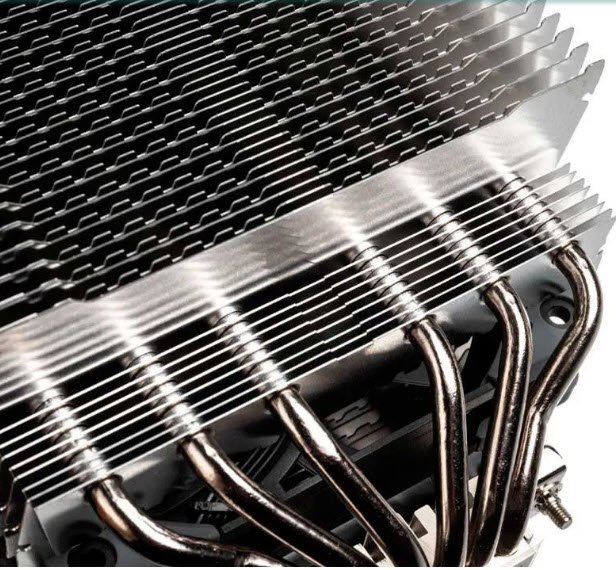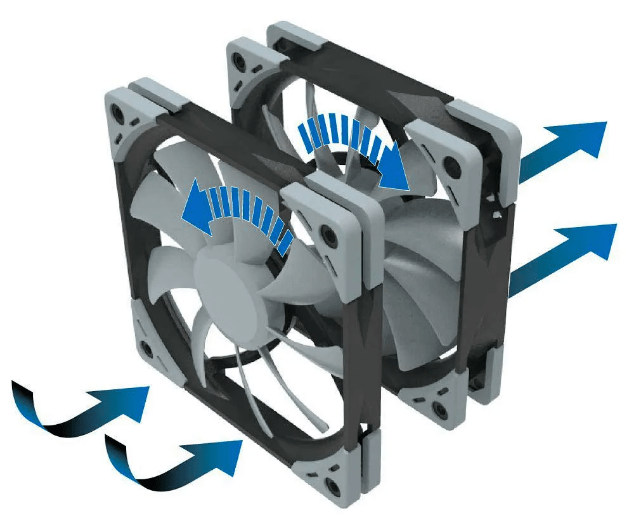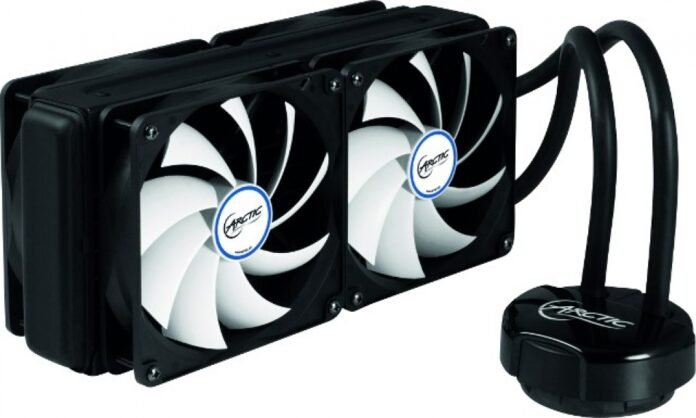The cooling system is crucial for the proper functioning of any electronic and electrical system. In the field of computing, if the heat is not dissipated properly, it would cause overheating of electronic components, in particular the CPU and GPU at the graphics card level and a failure of the PC or server. Currently, researchers are increasingly using the Reverse Jet Flow system to optimize the PC cooling system. What does it consist of? Is this system really effective? We will proceed to its analysis.
The different computer cooling systems
Cooling an electronic chip, particularly the CPU and GPU, can generally be done via an active air cooling system : use of a radiator coupled with one or more fans (cooler) or via a liquid cooling system. In some cases, other methods are used. We can cite oil cooling, liquid nitrogen cooling, dry ice cooling (using dry ice), phase change cooling, etc.

Reverse Jet Flow, quesako?
When we talk about Reverse Jet Flow , it is part of the active air cooling system. Fans are used and are coupled with a radiator. This cooling system is also known by the term ventirad (fan + radiator). Reverse Jet Flow or Inverted Jet is a technique used in CPU/GPU cooling. Does this system provide a real advantage or is it simply a marketing stunt to sell the product that goes with it?
Inverted Jet is a cooling system generally with 2 fans. The 2 fans are fixed on either side of the radiator. The 2nd fan rotates in the opposite direction to the first to form an efficient push-pull air system. A classic push-pull system with 2 fans rotating in the same direction creates a vortex in the middle. Which causes noise and makes the cooling system less efficient. Reverse Jet Flow inhibits the appearance of the vortex since the two fans rotate in 2 different directions. The air is therefore sucked in more easily by the 2nd fan. This system is quite effective that it is used by experts to ventilate a confined space or an underground tunnel. And this, even if the fans are very far from each other.

What about performance with a radiator in the middle?
Obviously the air doesn't flow the same if there is a heat sink in the middle. Does the Reverse Jet Flow system still remain effective in this case? The air between the 2 fans passes through the laminar ducts of the radiator. Manufacturers therefore take this parameter into account and optimize the air circuit in the middle to have a better cooling system. Therefore, to be effective, the whole must be thought out and designed to ensure better heat dissipation. It is therefore not advisable to DIY a Reverse Jet Flow cooling system without having optimized the air flow at the radiator which is located in the middle.




